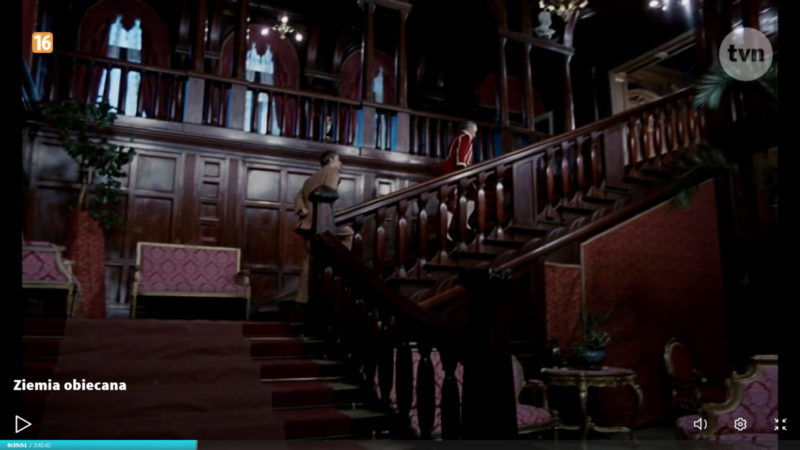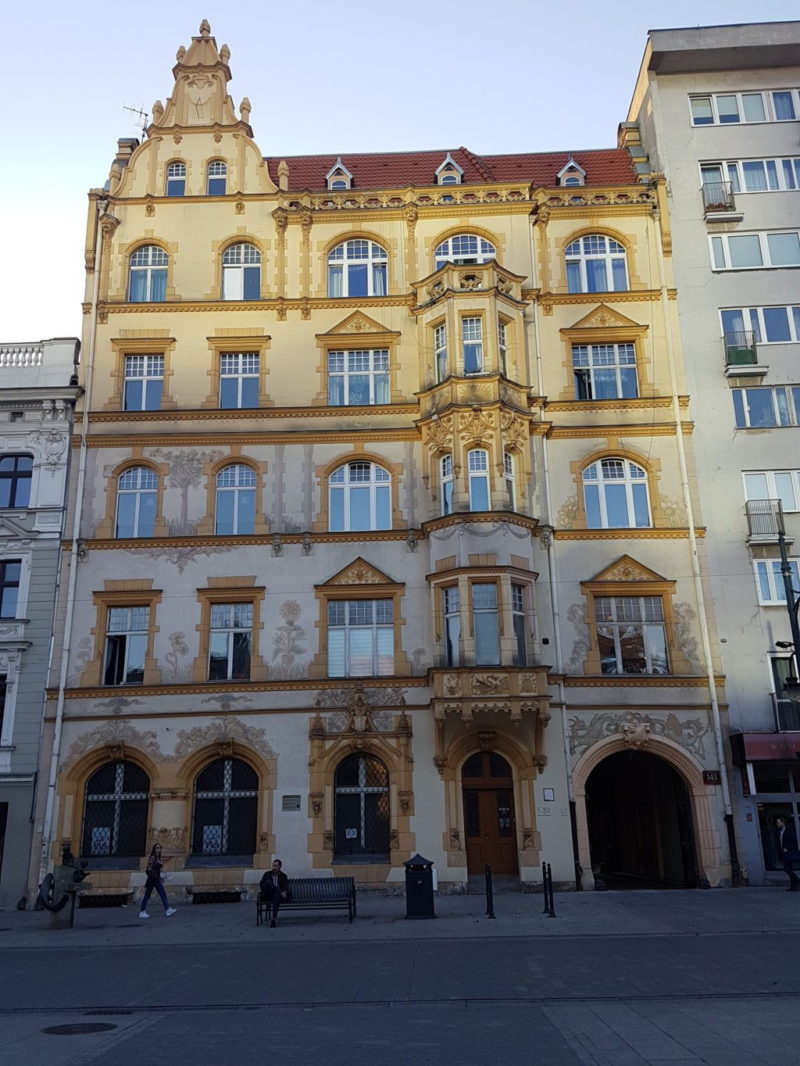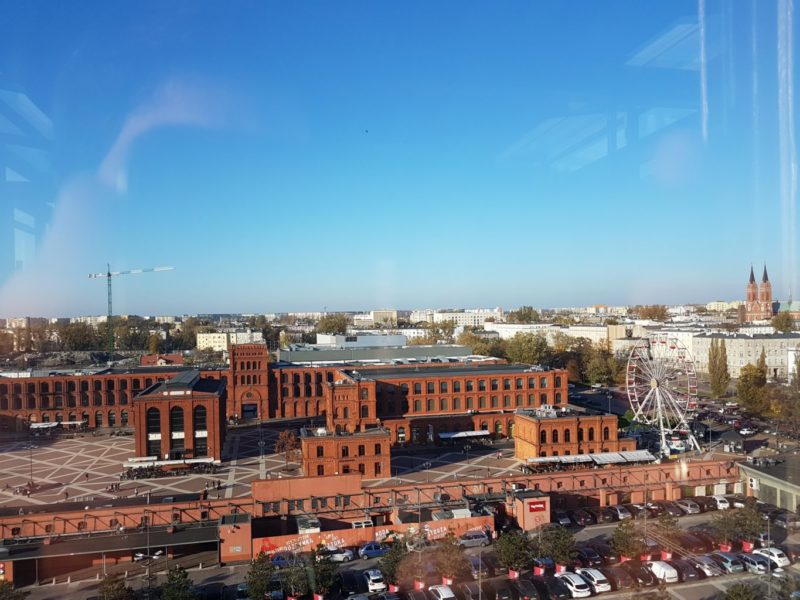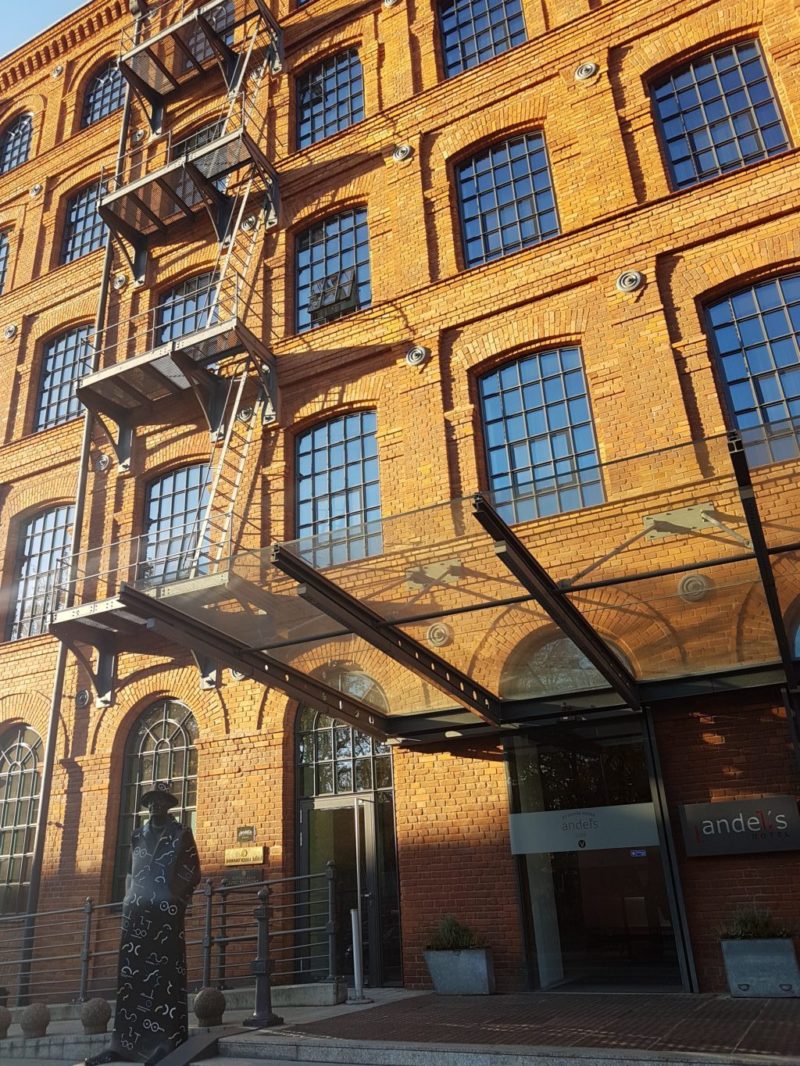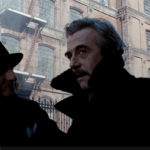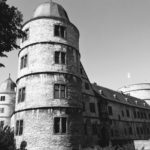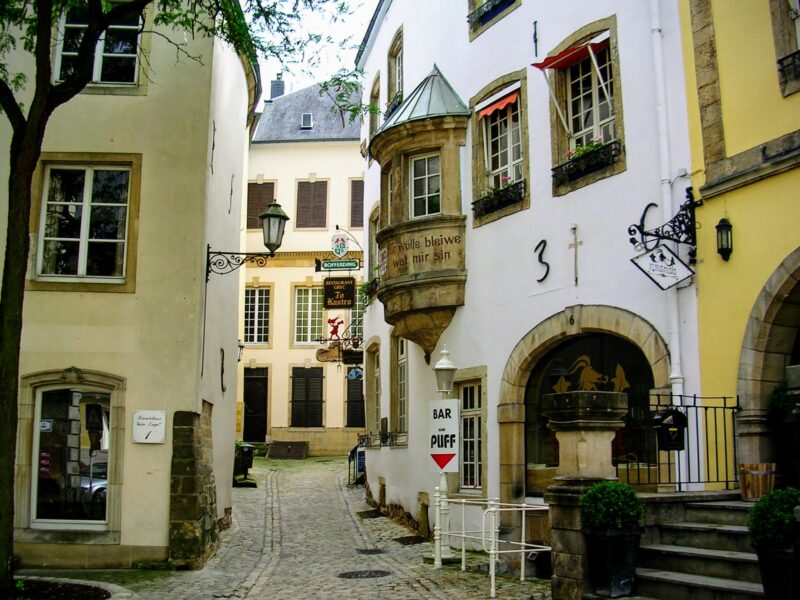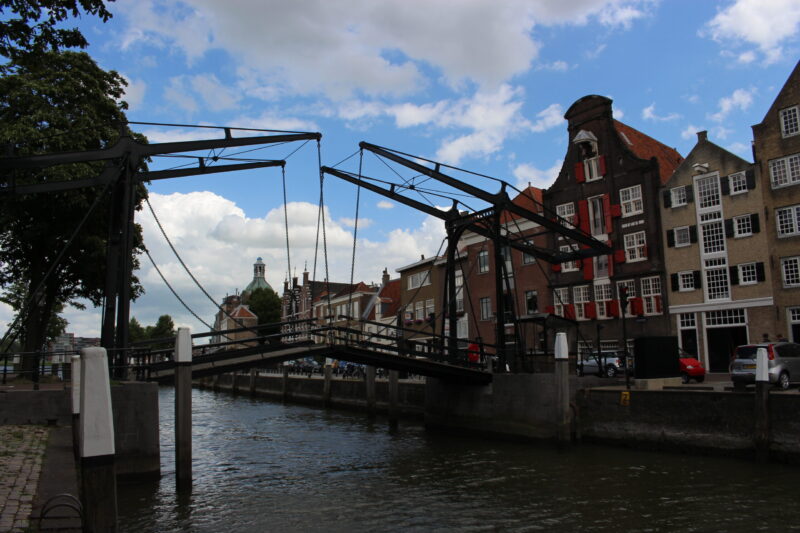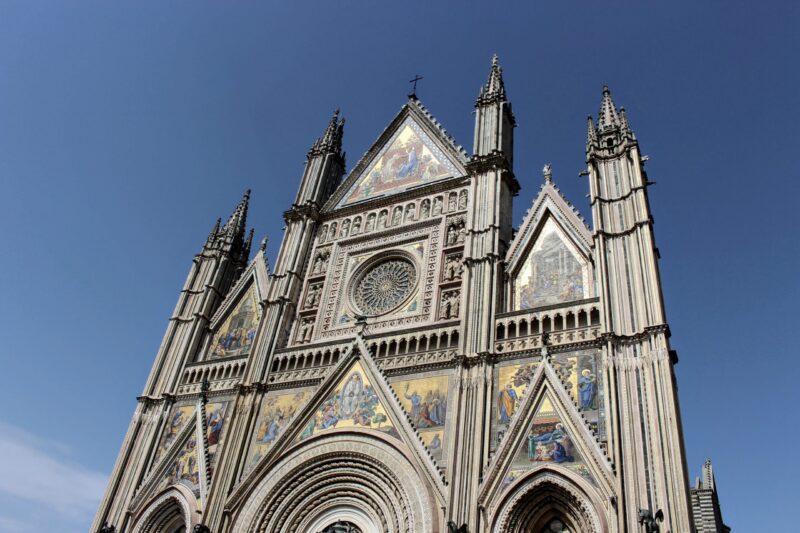Lodz (founded in 13th century) was an insignificant village until 19th century. The ugly duckling transformed into a beatiful swan with the miracle of industrialisation. Lodz became the first place in the Russian Empire to become an industrialised city. With high customs protecting the external borders and no virtually competition, the city boomed in an amazing speed.

